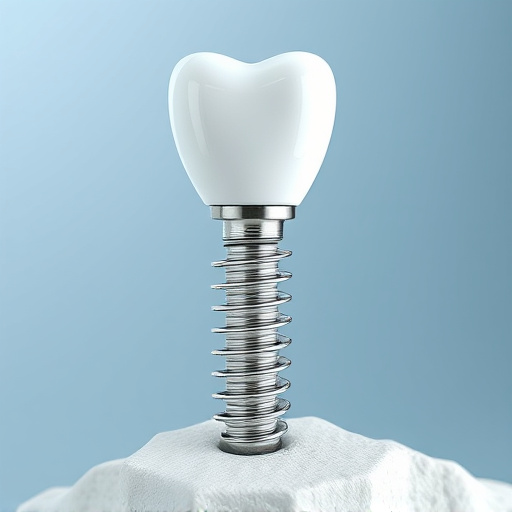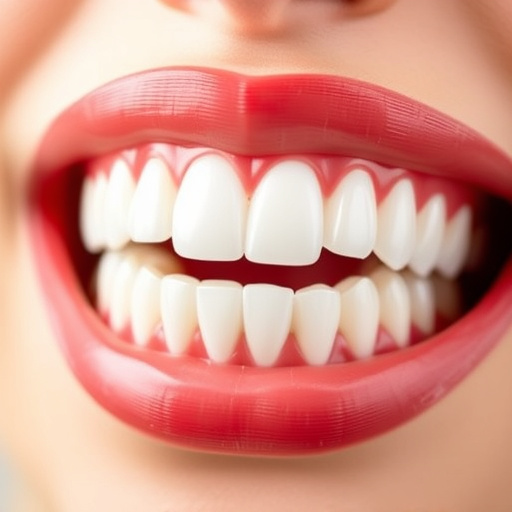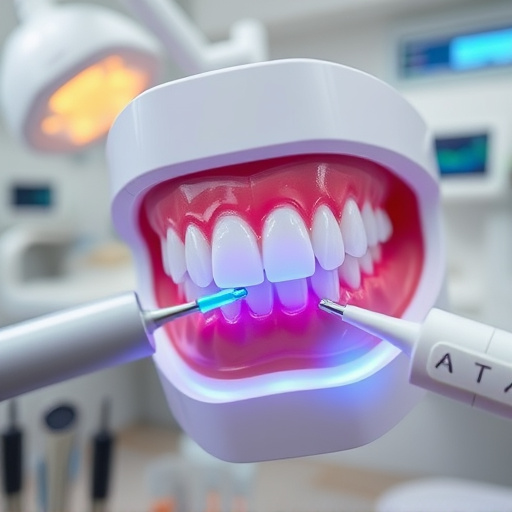Dental sealants for teeth are thin, plastic coatings applied to back teeth (molars and premolars) to protect against food debris, bacteria, and enamel erosion. They fill pits and crevices, shielding tooth surfaces from acids produced by mouth bacteria, thus reducing the risk of cavities and other dental issues. This non-invasive procedure is ideal for children during permanent tooth eruption, as well as adults with misaligned teeth or a history of decay, promoting proactive tooth repair and maintenance. By preventing enamel damage, dental sealants contribute to long-term preventive dentistry, avoiding costly cosmetic fillings or extensive dental care procedures.
Dental sealants for teeth offer a powerful defense against harmful acids, safeguarding your oral health. This article delves into the science behind these protective coatings, explaining how they act as a shield against enamel erosion. We’ll explore the application process and long-term benefits, highlighting why dental sealants are a game-changer in maintaining a healthy smile. Understand the role of sealants in neutralizing acids and preventing tooth decay for lasting oral wellness.
- Understanding Dental Sealants: A Protective Coat for Teeth
- How Acid Damages Tooth Enamel and Why Sealants Act as a Shield
- The Application Process and Long-Term Benefits of Dental Sealants
Understanding Dental Sealants: A Protective Coat for Teeth
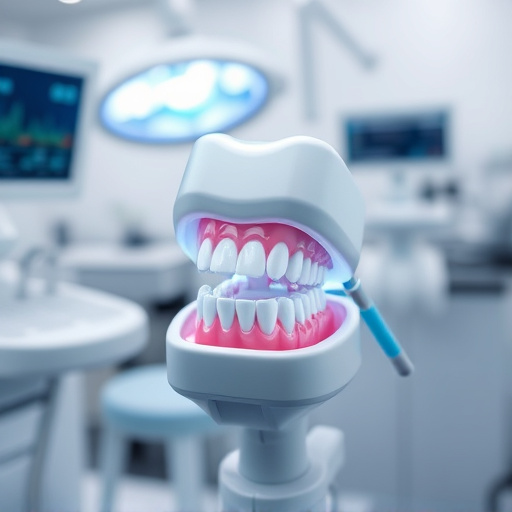
Dental sealants for teeth are a preventive measure that acts as a protective coat on the chewing surfaces of back teeth. These thin, plastic coatings are applied to areas where food debris and bacteria tend to accumulate, creating a barrier against harmful acids. By sealing these vulnerable spaces, dental sealants help protect tooth enamel from erosion, reducing the risk of cavities and other dental issues.
This simple yet effective treatment is particularly beneficial for children as their permanent teeth erupt, but it can also be used for adults who want added protection or those with specific concerns like misaligned teeth or a history of decay. Unlike clear aligners or dental crowns that may be needed for more severe cases, dental sealants offer a less invasive and cost-effective solution, focusing on proactive tooth repair and maintenance.
How Acid Damages Tooth Enamel and Why Sealants Act as a Shield
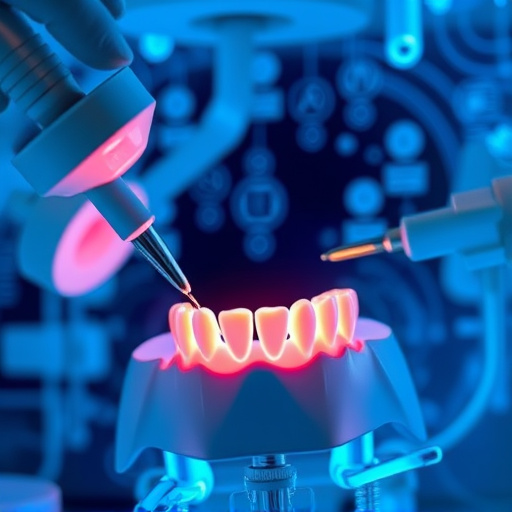
Tooth enamel, the hard, protective outer layer of our teeth, plays a vital role in maintaining oral health. However, it’s susceptible to damage from various sources, one of which is acid. Regular exposure to acidic foods and drinks can wear down the enamel, leading to increased sensitivity and vulnerability to decay. This process begins with demineralization, where acids leach essential minerals from the enamel surface, weakening its structure. Over time, repeated attacks from acids can result in significant enamel erosion, making teeth more susceptible to cavities and other dental issues.
Dental sealants for teeth act as a shield against this damage by creating a protective barrier on the tooth’s surface. These thin, durable coatings are typically applied to the chewing surfaces of back teeth (molars and premolars), which are most at risk from plaque buildup and acid exposure due to their role in breaking down food. Sealants fill in the microscopic pits and crevices on the enamel, preventing plaque and acidic substances from settling and causing erosion. By providing an extra layer of defense, dental sealants for teeth contribute to preventive dentistry, enhancing general dentistry practices by offering a simple yet effective method to safeguard tooth enamel health.
The Application Process and Long-Term Benefits of Dental Sealants

The application process for dental sealants is a straightforward procedure conducted by a dentist. It typically involves cleaning and drying the tooth surface, applying a liquid sealant that hardens to form a protective coating. This barrier is particularly beneficial in preventing tooth decay caused by harmful acids produced by bacteria in the mouth. The sealant acts as a shield, blocking out these acids and protecting the enamel from erosion.
In terms of long-term benefits, dental sealants for teeth offer significant advantages for preventive dentistry. By sealing off the pits and grooves on molars and premolars, they significantly reduce the risk of cavities and tooth decay, which can lead to costly cosmetic fillings or more comprehensive dental care procedures later on. This simple yet effective treatment is a testament to the power of proactive measures in maintaining oral health over time.
Dental sealants for teeth offer a simple yet effective solution to protect against acid damage. By applying a thin, durable coating, these sealants create a barrier on the tooth surface, shielding it from harmful acids that can erode enamel. The application process is quick and comfortable, making it an excellent choice for maintaining oral health, especially in children and individuals prone to tooth decay. With their long-term benefits well-documented, dental sealants represent a proactive step towards a healthier, stronger smile.
